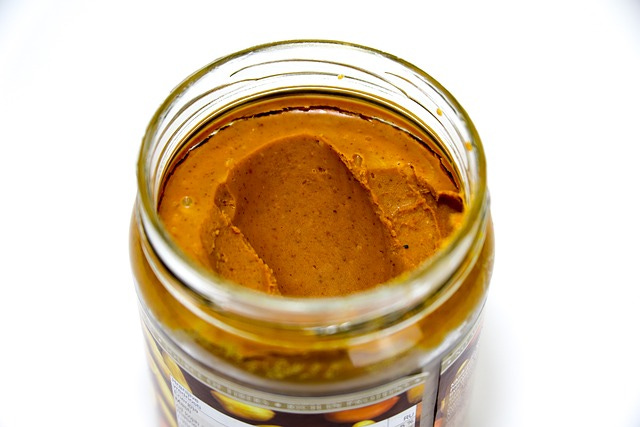How to write scenes readers just can't quit
Why don't more writers study scene structure? This week, we begin with an energetic description of the structure that makes your scenes unquittable.
I work with writers through all stages of the writing process, and a Clarity Audit is where I start. This high-level review is your book’s first real workout—so effective that it’s the first step of my developmental editing process.
If you’re curious what it’s like to work with me, you can listen in to find out more about my coaching approach. Not sure what kind of help suits your book? Schedule a 30-minute manuscript strategy session.
Writing scenes readers just can’t quit
You’ve just finishing outlining your story—a solid “plantsing” framework, enough to get you locked onto the story’s narrative and character arcs without dragging you through every last detail—and you’re ready to write your first scene. And then …
Crickets. What’s supposed to be in a scene, anyway? What does it need to accomplish? And why does some author’s writing serve readers a smooth, creamy serving of momentum every single scene, while others’ scenes unfold like the mortar lodged at the bottom of the natural peanut butter jar?
Natural peanut butter needs regular stirring to give it the fine, smooth flow we call profluence. As it turns out, scenes need profluence too—only it’s scene objectives, not stirring, that gets you there.
Stir your natural peanut butter with a fork*, O Writes-ers, and join us in exploring profluent scenes, the one rule not to break during writing and revision, a whole collection of perspectives on old-school vs. indie publishing, and more as we hone our practice of The Writes of Fiction.
* My husband taught this me this trick just a few weeks ago, based on his time in the ceramics studio. My peanut butter will never be the same.
How to write a bingeable chapter
Focus = energy. Energy = what John Gardner in The Art of Fiction calls "profluence" (a fancy MFA term that describes when a writer is giving the reader enough mystery to make predictions, enough uncertainty to want to see how things plays out, and enough action to look forward to, thus giving the reader the desire to turn the page and see what happens. It's a good thing. Have more of it in your work). This focus also allows us to know what the point of the scene is and track with the proto.—Keep reading from Heather Demetrios at The Lotus and Pen.
More on page-turning scenes: Scenes are designed to move the story forward by creating incremental change at the plot or character levels. Effective scene structure intrinsically sets up a domino effect: The unexpected outcome of one scene sparks curiosity about how the character will cope in the next, kindling the impulse to turn the page.—Keep reading at The secret to page-turning scenes.
Here’s what paid subscribers get that free subscribers don’t:
Office Hours community coaching calls may be one of the best-kept secrets for new writers on the internet. Spend a whole hour talking shop with editors and other writers—and because our group is still small, that means more time for your questions.
Longer newsletters with more resources every other week.
Friday Craft Q&A threads with still more overflow from my writing resource vaults.
Full access to every issue and the complete archives.
Upgrade your free subscription for only $8 a month—the price of a monthly coffee date for writers.


